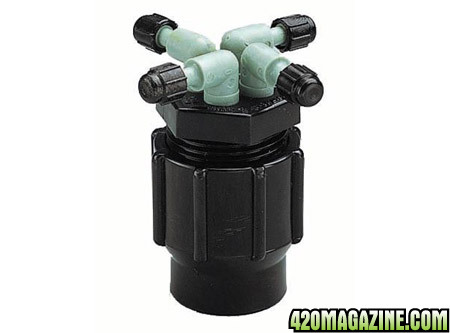- Thread starter
- #41
derkommissar
New Member
CO2 generator arrived today. Going to plumb it in tomorrow. I had everything in stock sans a 3/8 to 1/2 adapter.
Been working on sealing the light between the 2 rooms. Turns out that is going to be more of a pain than I imagined.
Also tested the main ebb and flow system today for the first time. It worked as i figured it would except for 2 things...
1 the drain pump seems to be to tall, it runs itself mostly dry before it shuts off. I think i'll replace that pump with a sump pump style that draws off the bottom. That's the solvable problem...
2. It siphons. The fill pump (reservoir to bucket) siphons when its off- as in water still flows even when pump is off. Any one have any ideas?
Thanks!
Been working on sealing the light between the 2 rooms. Turns out that is going to be more of a pain than I imagined.
Also tested the main ebb and flow system today for the first time. It worked as i figured it would except for 2 things...
1 the drain pump seems to be to tall, it runs itself mostly dry before it shuts off. I think i'll replace that pump with a sump pump style that draws off the bottom. That's the solvable problem...
2. It siphons. The fill pump (reservoir to bucket) siphons when its off- as in water still flows even when pump is off. Any one have any ideas?
Thanks!




 You're gonna do great.
You're gonna do great.